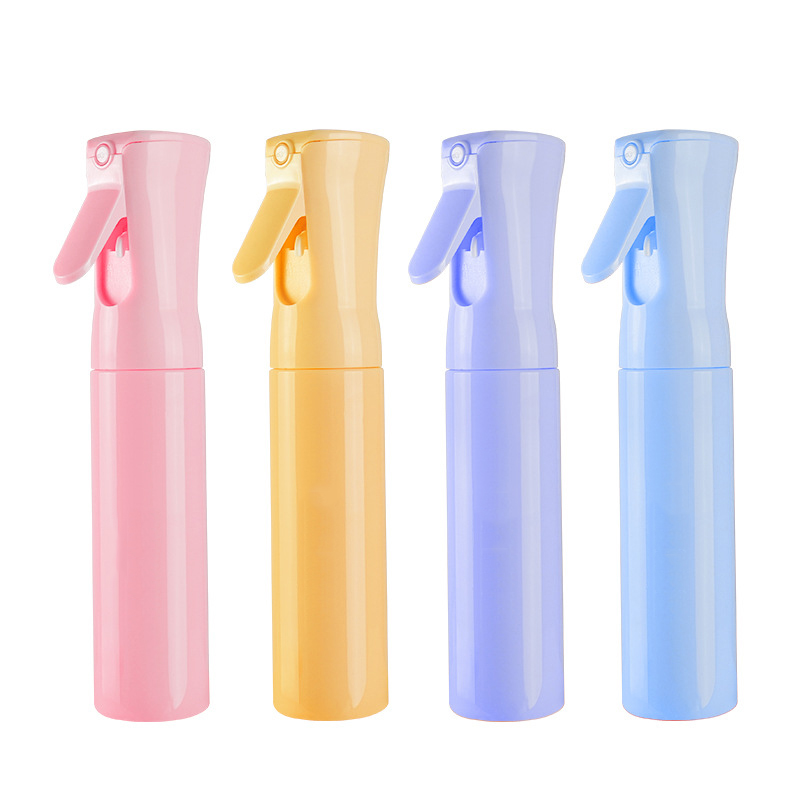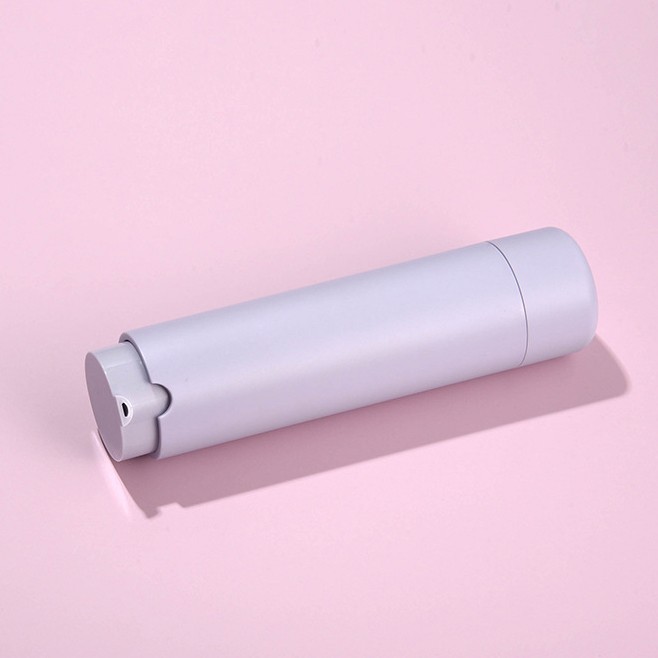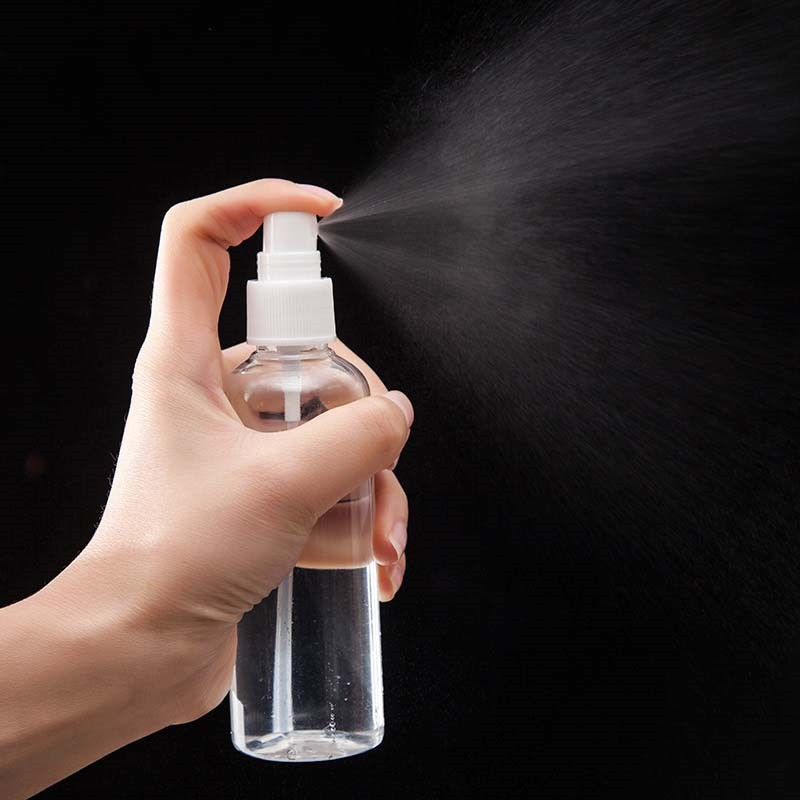
This article explores the functional testing methods for lotion pumps, covering pump classifications, operating principles, compatibility, and key testing standards.
· Screw Pumps: Open via a twisting motion.
· Snap Pumps: Feature a locking mechanism.
· Push-Button Pumps: Similar to spray guns.
· Direct Press Pumps with Covers: Designed for direct use.
· Locking Push Pumps with Covers: Offer additional protection.
These designs cater to various needs; for instance, push-button pumps are typically used for cleaning products like degreasers and glass cleaners.
· Lotion Pumps: Ideal for viscous products.
· Foam Pumps: Create foam for hand soaps and baby products.

· Vacuum Pumps: Prevent air exposure, suitable for high-preservation products.
· Spray Pumps: Produce mist for toners and perfumes.
· Aerosol Pumps: Utilize pressure to create a mist for shaving foams and hair sprays.
· Lotion Pump: Operates with a small piston system. When pressed, the spring compresses, pushing the product out; releasing it creates a vacuum to draw in more product.
· Vacuum Pump: Uses a pressure differential with a small hole at the bottle's bottom, allowing the internal piston to rise and dispense product without a straw.

· Foam Pump: Mixes the product with air to create foam upon dispensing.
· Spray Pump: Creates a mist by mixing liquid and air through a nozzle.
· Aerosol Pump: Relies on internal pressure to spray product as a mist.
· Sealing of the Spring and Glass (or Steel) Ball: Affects the force with which the product rises; poor sealing can lead to leaks.
· Sealing Ring at the Top of the Valve Body: Ensures suction strength is maintained when the pump is released.
Pump dispensers are extensively used in various cosmetics and personal care products. Here are the detailed applications for different types:
Suitable Products: Shampoos, body washes, conditioners, creams, lotions, and serums.
Features: Provides consistent, controlled dispensing for both fluid and thick products, requiring testing for optimal performance.

Suitable Products: High-end skincare products, anti-aging serums, and restorative treatments.
Features: Prevents air exposure, reducing oxidation and contamination, ideal for sensitive formulations.
Suitable Products: Hand soaps, cleansing foams, baby care products, and shaving foams.
Features: Creates foam effortlessly, minimizing product use while providing a gentle cleansing experience.
Suitable Products: Toners, perfumes, setting sprays, hair sprays, and body mists.
Features: Produces a fine mist for even coverage, enhancing user experience.
Suitable Products: Shaving foams, hair styling sprays, and cleaning agents.
Features: Uses propellants to spray product, allowing for quick application.
Cleaning Products: Specific pumps, like push-button models, are designed for cleaners, providing rapid dispensing.
Pharmaceuticals and Beauty Care: Common in medicinal creams and cleansing agents, ensuring hygiene and safety.
Travel and Sample Packaging: Mini pumps are convenient for travel and product trials.
Testing is crucial to ensure pump quality and user satisfaction. Common testing items include:
· Leak Testing: Ensures the pump does not leak during transport or storage.
· Dispensing Consistency: Tests the response speed, typically stabilizing within 2-5 presses.
· Dispensed Volume: Weighing tests to confirm that dispensing meets design standards.
· Rebound Speed: Should complete within three seconds.
· Drop Testing: Evaluates durability after a 1.2-meter drop.
· Heat and Cold Resistance: Verifies stability at extreme temperatures (48°C and -15°C) over 24 hours.
· Fatigue Testing: Assesses durability through repeated use until the product is exhausted.
The application of pump dispensers in cosmetics and personal care products is growing. The selection of the right dispenser should be based on product characteristics, intended use, and target consumer demographics. An appropriate pump not only enhances user experience but also maintains product quality and efficacy.
At PYC, we specialize in customizable, eco-friendly spray packaging solutions that align with your brand’s vision and enhance user experience. From sustainable materials to innovative spray technologies, our team is here to help you find the perfect fit for your skincare and beauty products.
Contact us today to discover how we can bring your brand’s values to life through exceptional packaging.
Email: hello@pyc365.com